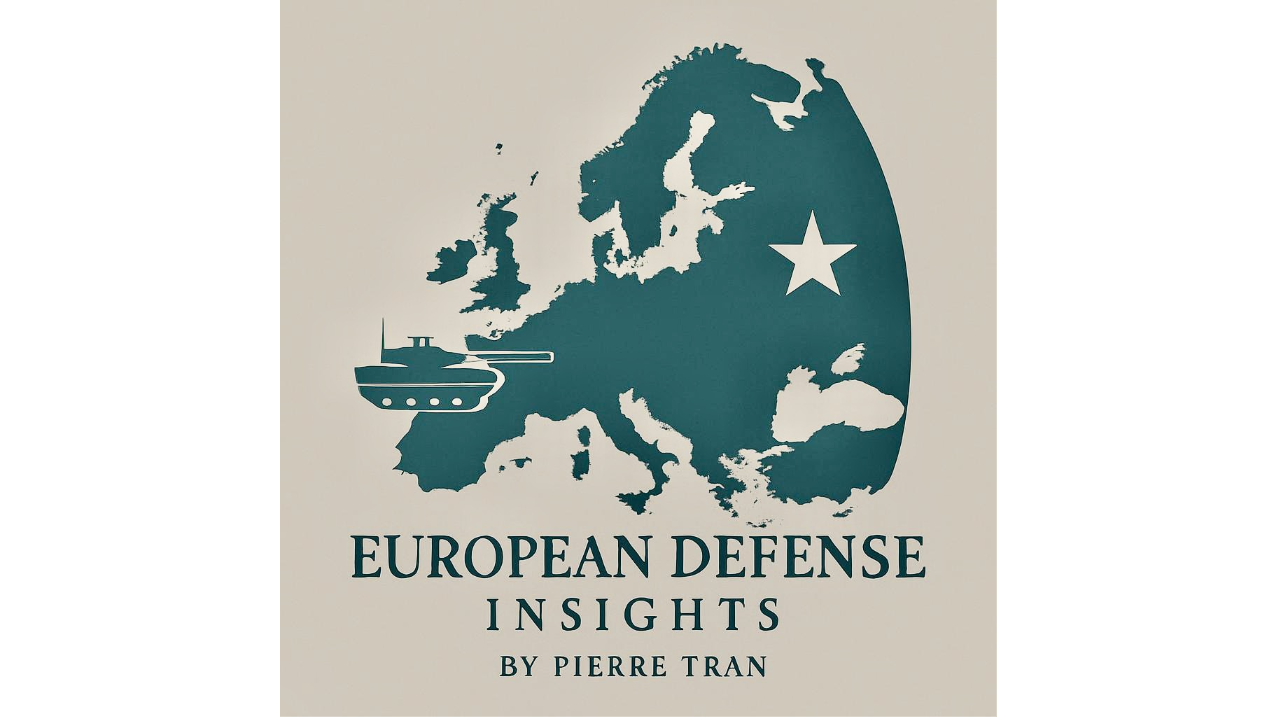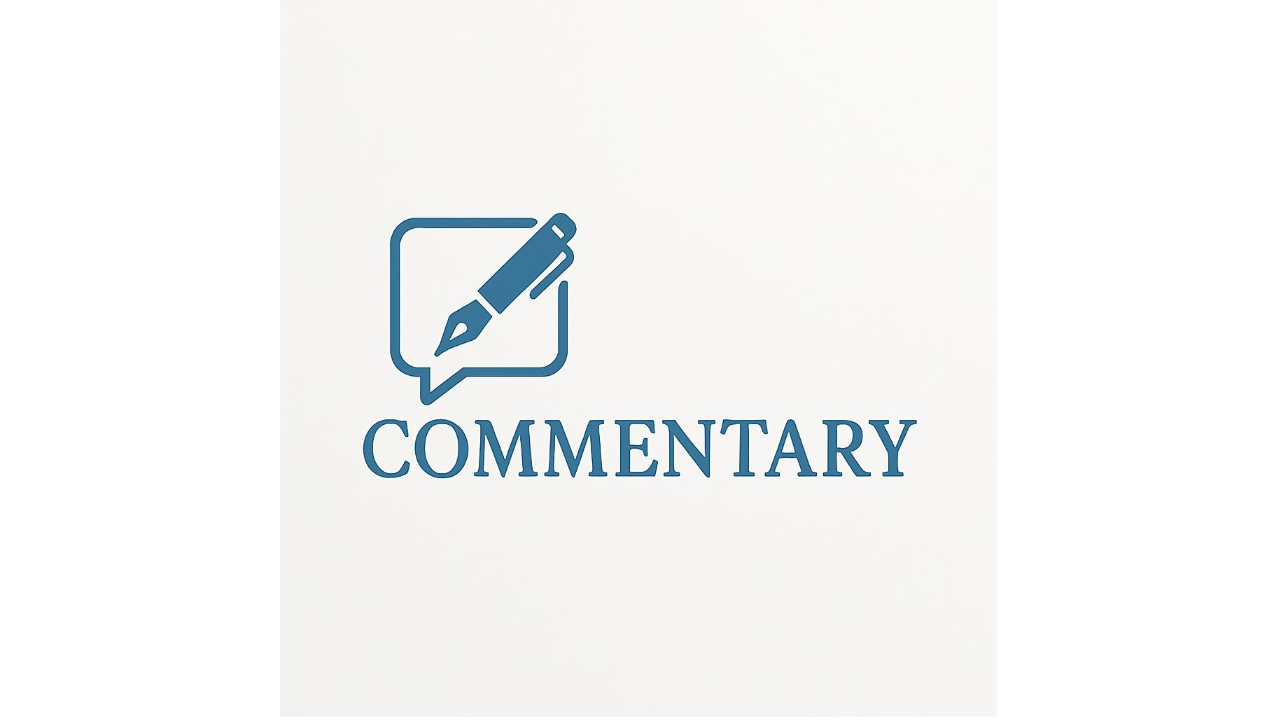By Robbin Laird
Research Fellow, Sir Richard Williams Foundation, Canberra, Australia
In an age of instant reactions, social media pile-ons, and policy-by-press-release, the University of Canberra has launched an audacious experiment: a center dedicated to the radical proposition that historical perspective and civil disagreement might actually improve public policy.
The Centre for Public Ideas, which opened its doors this week under the leadership of historian Professor Frank Bongiorno, represents more than just another academic initiative. It signals a growing recognition that something fundamental has broken in how democracies debate, decide, and govern.
The center’s genesis is itself noteworthy. Its architect is Bill Shorten, the university’s vice-chancellor and one of Australia’s most experienced political operators, a former union leader, opposition leader, and cabinet minister who knows intimately the pressures that produce short-term thinking in government. That someone who spent decades in the furnace of political combat now champions an institution devoted to long-term perspective and informed disagreement suggests this isn’t merely an academic exercise. It’s an intervention born of hard-won recognition that current approaches aren’t working.
The Crisis of Contemporary Debate
Professor Bongiorno’s diagnosis of what ails public discourse is both sweeping and specific. “There is a lack of civility in contemporary debate, an incapacity to agree, or to disagree well,” he argues. This isn’t simply about people being rude to each other on Twitter, though that’s certainly part of it. It’s about the erosion of the fundamental democratic skill of productive disagreement or the ability to engage with ideas you find objectionable without seeking to eliminate either the ideas or their proponents from the public square.
The professor traces the roots of current polarization not to recent technological disruptions but to deeper cultural shifts dating back decades. “The conflicts and tension and differences that came out of the 1960s have really become worse over the decades,” he notes. While social media often takes the blame for our fractured discourse, Bongiorno sees it as amplifying rather than creating these divisions. The platforms have given us new tools for conflict, but the underlying inability to engage across difference predates the digital age.
This matters because democracies require disagreement to function. The question isn’t whether we’ll have conflicts over values, priorities, and policies, of course we will. The question is whether we can maintain institutions and norms that allow these conflicts to be productive rather than purely destructive. “In democracies, we have to be able to disagree,” Bongiorno emphasizes, identifying this capacity as essential democratic infrastructure, as important as voting systems or independent courts.
The Cancel Culture Question
The center explicitly positions itself as addressing what Bongiorno calls “cancel culture” though his understanding of the term goes beyond simplistic political caricatures. He’s concerned about environments where people feel they cannot voice dissenting opinions without facing severe social or professional consequences. “I see universities as having a deep responsibility to provide spaces where safe disagreement is possible, where people can discuss quite difficult and controversial topics in an environment where they feel they’re not going to be cancelled.”
The use of “safe disagreement” is telling. It reclaims the concept of “safe spaces” from its association with protecting people from challenging ideas, instead reimagining it as protecting the space for challenging ideas themselves. The safety isn’t from discomfort or disagreement, but from the kind of personal destruction that makes people self-censor rather than risk engagement.
Bongiorno identifies identity politics as a particular driver of intolerance, though he’s careful not to dismiss the legitimate concerns that often animate identity-based movements. The problem arises when political discourse becomes primarily about asserting and defending identities rather than engaging with ideas when the most important question about any argument becomes “who said it” rather than “is it true” or “does it work.”
His criticism of statue removal illustrates this point. Rather than simply erasing controversial historical figures like Captain James Cook, Bongiorno advocates for adding context through plaques and interpretation. “I think there is a danger, if you simply get rid of particular monuments or statues, that it can actually induce a kind of forgetting about the past and indeed a kind of historical ignorance,” he argues. The goal should be “encouraging conversation and better understanding, rather than elimination.”
This approach, adding complexity rather than subtracting difficulty, runs counter to the simplifying instincts of contemporary discourse. It’s harder to maintain a monument with explanatory context than to tear it down. It’s harder to teach a complex, contradictory history than a simple narrative of heroes and villains. But difficulty, Bongiorno suggests, might be the point. Democracy isn’t supposed to be easy.
The Amnesia of Policy-Making
Perhaps the center’s most important mission is addressing what Bongiorno sees as a dangerous historical amnesia in policy development. “Too much debate about public policy lacks historical context, as if every problem is being contemplated for the first time,” he observes. This ahistorical approach means repeatedly rediscovering insights that previous generations already learned, often the hard way.
“It’s very rare that a particular problem is cropping up without some kind of precedence,” Bongiorno notes. Whether the issue is housing affordability, immigration policy, healthcare reform, or managing great power competition, contemporary Australia isn’t the first society to grapple with these challenges. Yet policy debates often proceed as if they are, reinventing wheels and repeating mistakes because institutional memory has been lost.
The causes of this amnesia are multiple. Bongiorno points to “the busyness of professional life, of politics and the bureaucracy” that encourages “situation management”, dealing with immediate crises using whatever tools are at hand, without time to consult experience or consider long-term implications. The modern political cycle, measured in news cycles and polling periods, creates intense pressure toward the urgent at the expense of the important.
But there’s also been a more deliberate turn against historical thinking. Bongiorno identifies “a longer-term trend against institutional memory and historical perspective, and sometimes perhaps an assumption that the past is a poor guide to the present.” This assumption is particularly strong in technological and economic domains, where genuine innovation can create an illusion that everything is new and past experience is irrelevant.
The irony is that this presentism makes policy-making worse, not better. “In fact, a lot of the problems we are dealing with are echoing problems of the past: history can provide a useful guidance to dealing with the present,” Bongiorno argues. Understanding how previous governments addressed housing shortages, managed immigration waves, or reformed taxation helps contemporary decision-makers avoid pitfalls and adapt successful approaches to current conditions.
Rebuilding Institutional Memory
The Centre for Public Ideas aims to address this memory loss through multiple mechanisms. It will host seminars and debates where public servants and politicians can engage with historical perspectives on current policy challenges. It will offer “microcredential” courses. short, focused educational programs designed for busy decision-makers who need historical context without committing to lengthy academic programs.
The center’s approach recognizes that policy professionals often know their immediate domains well but lack broader context. A housing bureaucrat might understand current market conditions and regulatory frameworks intimately while knowing little about how previous generations addressed similar challenges. A defense planner might be expert in contemporary capabilities while unaware of historical debates about strategy and force structure that could illuminate current choices.
By bringing this historical depth to bear, the center hopes to shift policy conversations from “what should we do?” to “what have others done when facing similar challenges, what worked, what failed, and what can we learn?” This doesn’t mean history provides simple answers: past contexts differ from present ones in important ways. But it does mean not starting from scratch every time.
The loss of institutional memory isn’t just about forgetting successes worth replicating. It’s also about forgetting failures worth avoiding. “We’ve often forgotten experiments of the past – both successes and failures,” Bongiorno notes. Understanding why certain approaches didn’t work can be as valuable as understanding what succeeded, but only if that knowledge is preserved and transmitted.
The Donald Horne Legacy
The center’s leadership position is named the Donald Horne Professorship, honoring the late writer, editor, and public intellectual who served as University of Canberra chancellor. Horne was perhaps best known for coining the phrase “the lucky country” though often misunderstood as celebration rather than criticism. Horne’s point was that Australia had relied on luck rather than planning, coasting on natural advantages without developing the political and intellectual institutions needed for sustained success.
That critique resonates with the center’s mission. Bongiorno and Shorten are essentially arguing that Australia can no longer afford to be lucky, that effective governance in an increasingly complex and challenging world requires exactly the kind of historically-informed, civilly-contested policy development that Horne advocated. The center represents an attempt to build the intellectual infrastructure that Horne believed Australia lacked.
Horne was also notable for moving freely between journalism, academia, and public service, exactly the kind of boundary-crossing the center hopes to facilitate. The goal isn’t to keep historical expertise locked in universities but to make it available to policy practitioners. The micro-credential courses and seminars aim to create opportunities for the kind of cross-pollination between academic knowledge and practical experience that Horne exemplified.
The International Context
Australia isn’t alone in grappling with these challenges. Across the democratic world, similar concerns about polarization, short-term thinking, and the loss of institutional memory have prompted various responses. Some universities have established centers focused on civil discourse. Some think tanks have emphasized historical analysis of policy challenges. Some governments have created dedicated units focused on long-term strategic planning.
What distinguishes the University of Canberra initiative is its explicit integration of these elements, bringing together the free speech/civil discourse mission with the historical memory mission with the practical policy application mission. Rather than treating these as separate concerns, the center recognizes them as interconnected aspects of a broader challenge to democratic governance.
The international dimension is also important because Australia’s policy challenges increasingly have global dimensions. Whether managing relations with China, addressing climate change, or responding to technological disruption, Australian policymakers are grappling with issues that require international cooperation and can benefit from international experience. A historically-informed approach should look not just at Australia’s past but at how other democracies have addressed similar challenges.
The Path Forward
The Centre for Public Ideas faces significant challenges. Academic institutions attempting to influence practical policy often struggle to bridge the gap between scholarly analysis and operational decision-making. Centers promoting civil discourse must navigate intense politicization of these very concepts. Initiatives requiring busy professionals to engage with historical material must overcome the time pressures and presentist biases that created the problem in the first place.
Yet the center’s launch reflects a growing recognition that business-as-usual isn’t working. The policy failures, democratic dysfunctions, and cultural polarization plaguing Australia and other democracies have created demand for alternatives. If the center can demonstrate that historically-informed, civilly-contested policy development produces better outcomes than reflexive partisanship and institutional amnesia, it may find an audience hungry for what it offers.
The ultimate measure of success won’t be academic publications or attendance at seminars, though those matter. It will be whether policy conversations actually become more historically informed, whether contentious issues get debated more productively, whether long-term thinking gains ground against short-term crisis management. These are difficult outcomes to measure and even more difficult to achieve.
But the ambition itself is worth celebrating. In an era when so much of our public discourse seems designed to generate heat rather than light, when policy development too often means responding to whatever crisis dominates the current news cycle, the idea of an institution dedicated to historical perspective and civil disagreement represents something genuinely countercultural. Whether it succeeds may say much about whether democracies can summon the discipline to address their most serious challenges.
As Professor Bongiorno observes, history can provide useful guidance to dealing with the present, but only if we’re willing to learn from it. The Centre for Public Ideas is a bet that Australia is ready to try.
This article was triggered by Natasha Bira, “University of Canberra launches new Centre of Public Ideas to champion free speech,” The Australian, November 7, 2023 and all quotes are taken from this article and credited to her.
And below is the official announcement from the university about the new Centre:
UC launches newly established Vice-Chancellor’s Centre of Public Ideas and appointment of inaugural director
The University of Canberra (UC) today announced the establishment of the Vice-Chancellor’s Centre of Public Ideas (COPI), and the appointment of Professor Frank Bongiorno AM, who will take up the Donald Horne Professorship as the inaugural director of the Centre.
The Centre is an extension of UC’s focus on politics and democracy and will leverage the experience and expertise of the Vice-Chancellor and President, The Honourable Bill Shorten. COPI will deliver high-quality education, research and community outreach in the field of Public Ideas, with a focus on history and politics in an Australian setting. The name of the professorship honours the late Professor Donald Horne AO, a former UC Chancellor and leading Australian journalist, editor, academic, historian and public intellectual.
“The future will be shaped by what we learn from the past, by seeking new opportunities and equipping future generations to think differently and act with urgency,” said Mr Shorten
“COPI has the potential to position UC as a leading authority on Australian politics and society, with a view to influencing policymaking and debate through Public Ideas informed by history. UC’s location in the seat of Federal and Territory governments uniquely positions us to lead the way in advancing political debate, decision making and policy development.”
The Centre will build on UC’s research and teaching capabilities across its Faculties of Business, Government and Law and Arts and Design, explore how historical analysis can strengthen the understanding and practice of contemporary politics and restore long-term thinking to policymaking. It will facilitate collaborations across the University and complement the work of UC’s Centres of Deliberative Democracy and Creative and Cultural Research.
The Centre will be home to the University’s Pathways to Politics for Women and the work of Professorial Fellow Ms Michelle Grattan AO, a prominent figure in Australian political journalism at The Conversation. More programs and projects will be added moving forward.
“Professor Bongiorno was a logical choice to lead COPI,” said Mr Shorten. “His vision, aspirations and understanding of the times past and present and how they influence the future will support UC’s strategic objectives to lean into the next era of learning, teaching and research.”
Expanding on his vision for COPI, Professor Bongiorno said the Canberra setting is critical and will provide the necessary perspective to advance the Centre’s mandate.
“I am a historian, and much of my work has been in Australian political history. I notice that a great deal of public debate and policymaking in Australia happens without much sense of what I call “historical hinterland” – a rich sense of context that helps us see the present in perspective,” said Professor Bongiorno.
“We want to establish connections and partnerships with individuals and institutions – government, NGO, cultural and business – that will allow the Centre to play a creative role in generating fresh ideas and perspectives at a time when our city, nation and world desperately need them.”
The Centre’s activities will include undergraduate education, short courses and microcredentials designed for current decision-makers.
“We will also have a public program that will encourage the exchange of ideas through lectures, podcasts, publications and seminars. And we will have a group of distinguished adjuncts who will help to support the Centre’s activities. This is an exciting and timely initiative – and unique to UC,” said Professor Bongiorno.
“We live in a very different time now to then I first entered academia, initially as a tutor at UC in 1992. Students learn differently, academics teach and research differently, and universities, by and large, do much of their business differently. But many things have not changed all that much.”
“We have a responsibility to the communities we serve, especially in Canberra, and academics have the responsibility of equipping students to enter the world of work with confidence and capacity, and to be active and thoughtful democratic citizens. Then there are the opportunities to contribute to new research and fresh ideas about issues that matter to the ACT, national and international debates.”
The Centre of Public Ideas will officially launch in February 2026, when Professor Bongiorno commences at UC.






